Essential Forestry Techniques: A Comprehensive Guide
- August 6, 2024
- 0 comment
Forests are the lungs of our planet, providing essential services that sustain life. Yet, in an increasingly technological world, we risk losing touch with the natural wonders that surround us. Forestry techniques are more than just managing trees; they’re a practice deeply rooted in the essence of nature and our interaction with it.

This guide will not only explore the essential methods used in forestry techniques but also reflect on their importance in preserving the harmony between humans and nature.
Sustainable Management in Forestry
Sustainable forest management is a comprehensive approach that balances ecological, economic, and social needs. The goal is to maintain and enhance forest ecosystems while providing resources and benefits to current and future generations.

Primary objectives
Conserve biodiversity
Protect the variety of species within forest ecosystems. Biodiversity conservation is essential for maintaining ecological balance and resilience against environmental changes.
By protecting a wide range of species, we ensure that forest ecosystems remain robust and can continue to provide essential services to humans and wildlife alike.
Protect water resources
Ensure forests continue to play a crucial role in water filtration and watershed protection. Forests act as natural water filters, trapping sediments and pollutants, thus maintaining the quality of water in rivers and streams.
By preserving forested watersheds, we secure clean water supplies for both ecological systems and human use, mitigating the impacts of floods and droughts.
Enhance carbon sequestration
Use forests to absorb carbon dioxide from the atmosphere, helping mitigate climate change. Forests are vital carbon sinks, capturing and storing carbon dioxide, a major greenhouse gas, through the process of photosynthesis.
Enhancing carbon sequestration in forests helps to reduce the overall concentration of CO2 in the atmosphere, thus contributing to climate change mitigation efforts.
Provide economic benefits
Generate income through sustainable harvesting practices and eco-tourism. Sustainable forest management practices ensure that timber and non-timber forest products can be harvested without depleting resources, providing long-term economic benefits.
Additionally, promoting eco-tourism offers communities an alternative income source, encouraging the conservation of forest landscapes while boosting local economies.
Timber Harvesting Techniques
Timber harvesting techniques are the delicate interplay between humanity and the forest, where each choice be it selective logging, clear-cutting, or shelterwood cutting, reflects a deep respect for nature’s own rhythms.
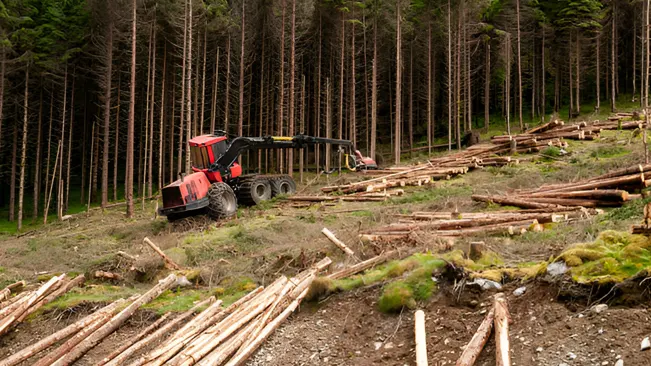
Through these practices, we strive to harmonize our needs with the forest’s vitality, ensuring that both can flourish in their shared journey.
Selective Logging
Selective logging is akin to a surgeon delicately removing a tumor. Only specific trees are harvested based on criteria such as size, species, and health. This method reduces the ecological footprint and promotes natural regeneration, ensuring the forest continues to thrive.
Clear-Cutting
Clear-cutting, often viewed controversially, involves removing all trees in a designated area. While this method can be disruptive, it benefits species that require full sunlight for growth. However, clear-cutting must be managed carefully to prevent soil erosion and habitat loss.
Shelterwood Cutting
Shelterwood cutting is a gradual process where mature trees are removed in phases, providing a protective canopy for younger seedlings. This method balances environmental impact with timber production, fostering a healthy, regenerating forest.
Reforestation and Afforestation
Forests are vital to our planet’s health, providing countless ecological services, from carbon sequestration to habitat for diverse species. However, deforestation poses a significant threat to these ecosystems, leading to biodiversity loss, climate change, and soil degradation.
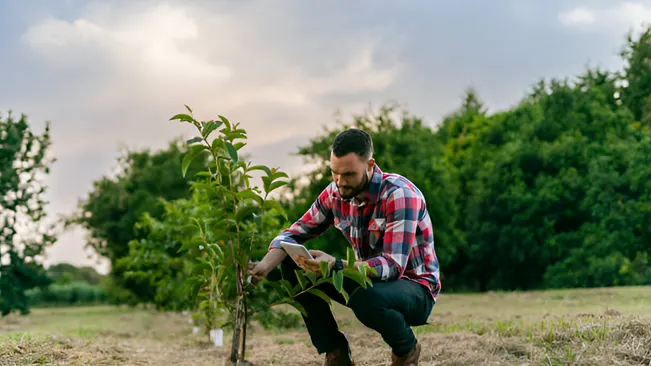
In response, afforestation and reforestation efforts are critical for restoring these vital landscapes.
Site Preparation
Site preparation is the first step in any successful afforestation or reforestation project. It involves preparing the land to ensure optimal conditions for the establishment of new trees. Proper site preparation can significantly enhance seedling survival rates and promote healthy growth.
Seedling Production
Once the site is prepared, the next step is seedling production. The success of afforestation largely depends on the quality and suitability of the tree species chosen for planting.
Planting
The final step in afforestation is the actual planting of seedlings. Proper planting techniques are crucial for ensuring that new trees establish successfully in their new environment.
Effective Planting Techniques
- Timing:
Plant seedlings during the optimal season for growth, typically in the spring or fall, when temperatures are moderate and rainfall is more predictable.
- Spacing:
Determine the appropriate spacing between seedlings based on the species and the intended density of the forest. Proper spacing reduces competition for resources and allows trees to grow to their full potential.
- Watering:
Water newly planted seedlings thoroughly to help settle the soil around the roots and provide moisture for initial growth. Regular watering may be necessary during dry periods, especially in the first few years after planting.
- Monitoring and Maintenance:
After planting, monitor the site for signs of stress, disease, or pest infestations. Implement maintenance practices, such as weeding and additional watering, to support the young trees as they are established.
Wildlife Management
Wildlife management techniques are the thoughtful stewardship of habitats, ensuring that the delicate balance of ecosystems is maintained amidst human activities.
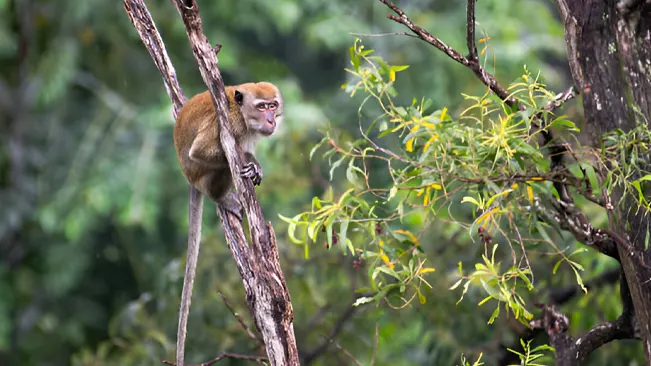
Habitat Protection
Forests are home to countless species, each playing a crucial role in the ecosystem. Effective wildlife management in forestry involves protecting habitats by creating buffer zones, maintaining biodiversity, and managing forest structures to support a variety of species.
Species Monitoring
Monitoring wildlife populations is essential for assessing the impact of forestry techniques. Regular monitoring helps identify changes in species abundance and diversity, enabling forest managers to adapt their practices to minimize negative effects.
Balancing Timber Production and Wildlife Conservation
Forestry techniques must strike a delicate balance between timber production and wildlife conservation. Sustainable practices ensure that timber harvesting does not significantly disrupt habitats, allowing wildlife to coexist with forestry techniques operations.
Soil Conservation
Soil conservation techniques are essential practices that protect and enhance the health of the soil, preventing erosion and maintaining fertility.
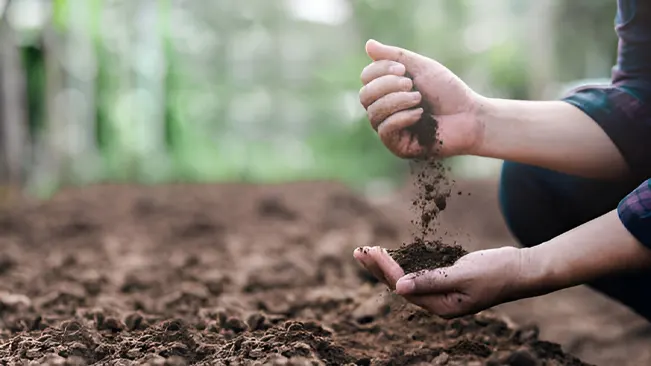
Erosion Control Methods
Forestry activities can lead to soil erosion if not managed properly. Techniques like contour plowing, terracing, and maintaining vegetation cover help prevent soil loss, preserving the forest’s foundation.
Soil Fertility Management
Maintaining soil fertility is vital for forest health. Practices such as using organic fertilizers, implementing crop rotation, and conserving soil moisture ensure that the soil remains productive and capable of supporting robust forest growth.
Importance of Soil Health
Healthy soil is the backbone of a thriving forest. It supports tree growth, enhances water retention, and facilitates nutrient cycling. Ensuring soil health is a cornerstone of sustainable forestry techniques.
Forest Inventory Techniques
Forest inventory techniques are methods used to assess and measure forest resources, providing crucial data on tree size, density, and overall health.

Tree Measurement
Accurate tree measurement is crucial for assessing forest resources. Techniques include measuring the diameter at breast height (DBH) and estimating tree height, providing essential data for forestry techniques management.
Remote Sensing
Remote sensing technologies, such as satellite imagery and LiDAR, offer detailed data on forest structure, health, and changes over time. These tools enhance our ability to monitor and manage forests efficiently through forestry techniques.
Data Analysis
Data collected from inventories and remote sensing are analyzed to make informed management decisions. Advanced data analysis helps plan sustainable forestry techniques and optimize resource use.
Urban Forestry
Urban forestry techniques involve strategically planting and managing trees within city environments to enhance the urban landscape. By integrating green spaces into our cities, these techniques improve air quality, provide shade, and foster a sense of connection to nature amidst the urban sprawl.
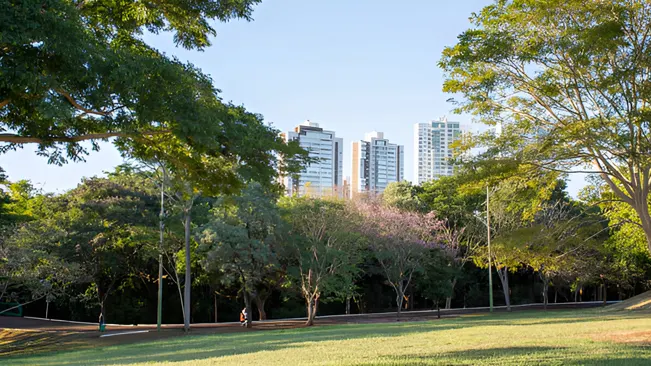
Benefits of Urban Trees
Urban trees provide numerous benefits, including reducing heat islands, improving air quality, and enhancing the aesthetic and recreational value of urban spaces. They bring nature closer to city dwellers, fostering a sense of well-being.
Planning and Maintenance
Effective urban forestry requires careful planning of tree species selection, planting locations, and maintenance schedules. Proper planning ensures the long-term health and benefits of urban trees.
Community Involvement
Engaging the community in urban forestry techniques promotes stewardship and increases public awareness. Community involvement ensures the success of urban tree programs and fosters a connection between people and their urban environment.
Monitoring and Technology
Monitoring and technology in forestry are transformative tools that bridge the gap between traditional practices and modern precision. By harnessing advanced technologies like remote sensing and data analytics, foresters can gain a clearer, more comprehensive view of forest health and dynamics.
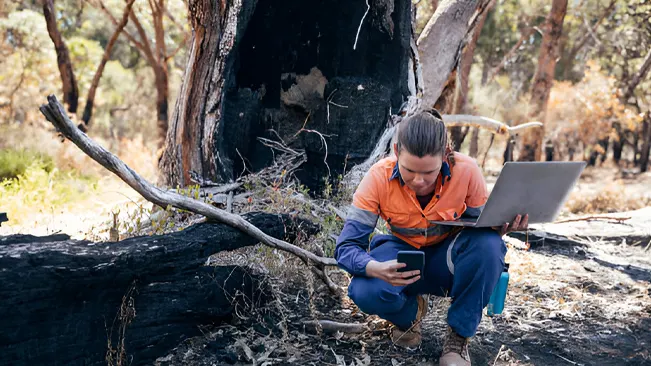
Remote Sensing
Techniques such as satellite imagery and LiDAR offer detailed insights into forest structure, health, and changes over time. These technologies allow for large-scale monitoring and help detect issues like deforestation, disease outbreaks, and habitat changes with remarkable accuracy.
Data Analytics
The vast amounts of data collected from remote sensing and on-the-ground measurements are analyzed to make informed management decisions. Advanced analytics help predict trends, optimize resource use, and plan sustainable forestry techniques by processing complex data sets into actionable insights.
Conclusion
Sustainable forestry techniques are essential for maintaining healthy and productive forests. By blending traditional methods with modern innovations, foresters can manage forests in a way that balances economic, ecological, and social objectives.
As stewards of these invaluable resources, it is our responsibility to adopt and promote sustainable practices that ensure the health and longevity of our forests for future generations. Embracing these forestry techniques and overcoming challenges will allow us to foster thriving woodlands that provide countless benefits to society and the environment.
Frequently Asked Questions (FAQs)
- What is sustainable forest management?
It’s a practice that balances ecological, economic, and social needs to maintain and enhance forest ecosystems for future generations. - Why is conserving biodiversity important in forestry techniques?
It helps maintain ecological balance and resilience, ensuring forests continue to provide essential services to humans and wildlife. - How do forests help protect water resources?
Forests filter sediments and pollutants, maintaining clean water in rivers and streams and helping manage floods and droughts. - What is carbon sequestration, and why is it important?
Carbon sequestration is the process where forests absorb carbon dioxide from the atmosphere, which helps reduce climate change. - What is selective logging?
Selective logging involves harvesting specific trees based on size, species, and health, which minimizes impact and promotes forest regeneration. - What are the key steps in reforestation and afforestation?
Key steps include site preparation, seedling production, and planting, followed by proper maintenance and monitoring. - Why is site preparation important for planting trees?
It ensures the land is ready for new trees, improving seedling survival and promoting healthy growth. - How can wildlife be effectively managed in forests?
By protecting habitats, monitoring species populations, and balancing timber production with conservation efforts. - What are common methods for controlling soil erosion in forestry techniques?
Techniques include contour plowing, terracing, and maintaining vegetation cover to prevent soil loss. - What are the benefits of urban trees?
Urban trees reduce heat islands, improve air quality, and enhance the aesthetic and recreational value of city spaces.

Jordan Blake
Forestry AuthorJordan Blake is a forestry expert with over 15 years of experience in arboriculture and community education. Passionate about sustainable forest management, Jordan regularly writes for Forestry.com and Tree Care Magazine. Holding certifications in tree health assessments and urban forestry management, Jordan conducts workshops to educate the public on sustainable practices. Jordan has a degree in Environmental Science and enjoys hiking and photography in their free time.

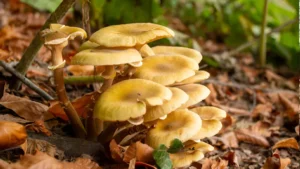
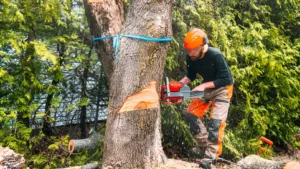
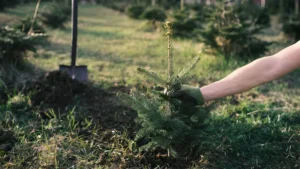
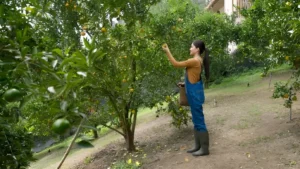

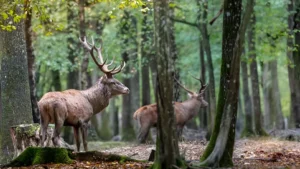
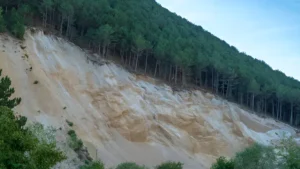

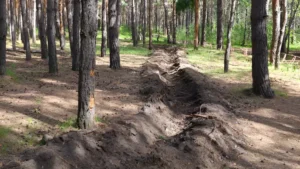
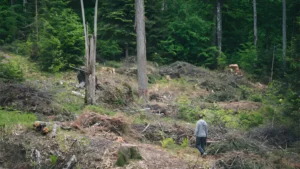
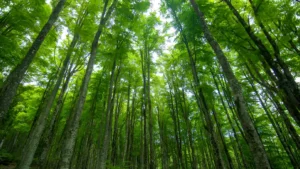

Leave your comment